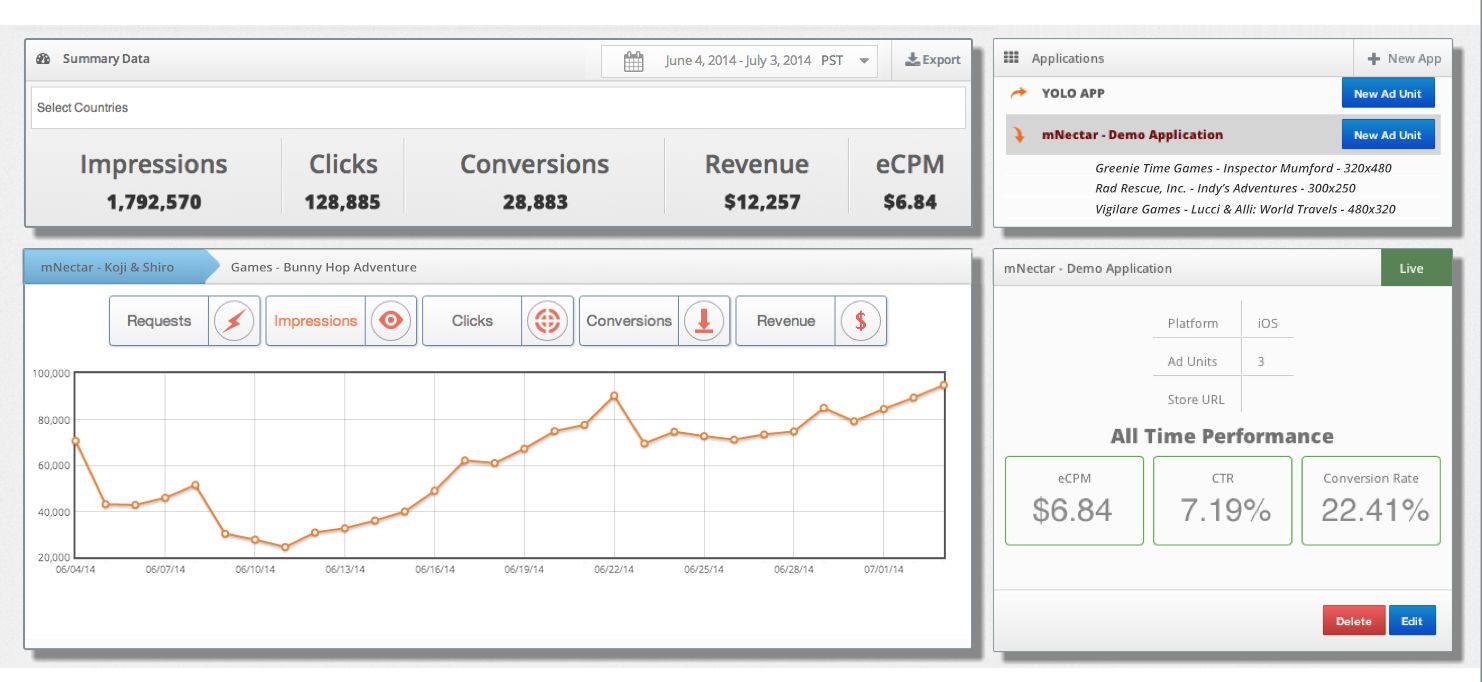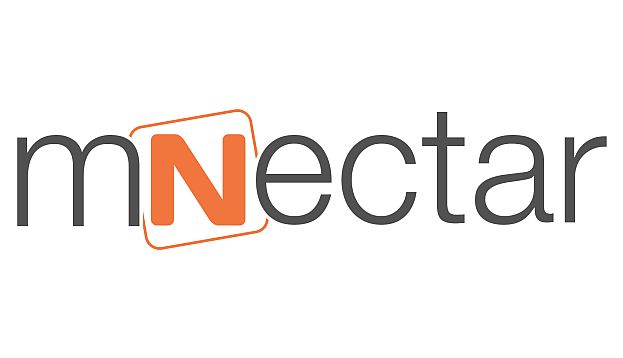There’s a new way to interest people in apps, and it’s proven itself to be a powerful tool for acquisition and retention. What’s better than seeing a static ad, or watching a video about an app Actually trying it out, if you can do that without the hassle and delay of downloading an app. The technology has been developed by mNectar, which just announced $7 million in Series A funding from New Enterprise Associates.
There are millions of apps available on the App Store and Google Play, which leads to the central problems of discoverability and retaining quality users that are difficult hurdles to overcome, especially for publishers without a large existing audience. “mNectar’s Playable platform helps app developers monetize and acquire quality users with playable ad units,” says the company. “Advertisers are able to vet users before paying to acquire them, ensuring high-quality users, while publishers benefit from attractive ads with high performance numbers.”
 Wally Nguyen, mNectar CEO
Wally Nguyen, mNectar CEO
“mNectar is redefining how applications are discovered and engaged with,” said mNectar co-founder and CEO Wally Nguyen. “With the new funding, we will invest heavily in our infrastructure to continue to push the performance envelope of mobile content delivery and acceleration.” The [a]list daily spoke with mNectar’s CEO Nguyen about the company’s technology and how it’s driving higher user retention for games and other apps.
mNectar was founded 18 months ago, and the genesis of the company was really a bad shopping experience. “The lightbulb moment came when I was on iTunes listening to some music, trying to find some good stuff to buy,” Nguyen explained. “I was listening to every song for 30 seconds, and then buying an album. Then I switched over to the app side of the store and thought ‘Wait a minute, I can’t do this for apps.’ This is crazy.” So Nguyen approached his old friend Artem Grigoryan with his idea.
“Artem had just come off of Greystripe, and they built interactive ads for brand advertisers,” Nguyen recalled. “From a technology side, he was already saying ‘Why don’t we give this to game developers and app developers ‘ That was when we realized we had something good going on.” Grigoryan built the basic technology behind the virtualization and streaming of apps for mNectar, and the company progressed from there. Dan Cheng was the go-to guy, as he knew everyone in the mobile industry from the Rovio team to thousands of app developers. So the three got together and created a company based on Playable.
“We set out to solve one thing, which is user retention,” said Nguyen. “Anecdotally, how you deliver on that is an indication of how you feel about the product. How long will a user stick around in that game acquired with playable units versus something more traditional, like a static interstitial from Chartboost or a video trailer from Adcolony We did two things. We launched our own static interstitials and we launched our own videos. We wanted to gather that data ourselves.”
 mNectar control dashboard
mNectar control dashboard“We went back to Kevin Chou at Kabam, Anil Dharna at Gree, and others that were testing the service, and said hey guys, can you give us some data Can you tell us how your retention is ,” continued Nguyen. “So we see that on average user retention via playables is 4x that of static interstitials. In other words, a user sticks around four times as long than when they are acquired through a static interstitial, and twice as long when acquired through video. This answers the question of how the user feels about. They like it, because they get to try before they buy. They’re not forced, they’re not accidentally downloading on a static interstitial. They’re not fooled by a video. A video is like a movie trailer, you get the best parts of the movie or the game.”
 Sample mNectar trial
Sample mNectar trial
As Nguyen indicated, the technology has already been in use by leading mobile publishers like Kabam, Gree, and Natural Motion. While the cost for mNectar’s playable units is much higher than standard static interstitial ads, Nguyen notes that advertisers are happy to buy the playable units — and then come back to buy more. It all comes down to performance, and if publishers are getting a good value for their advertising spend they’ll continue to buy those ads.
One of the other advantages that mNectar offers is the fact that the technology doesn’t require an SDK (software development kit, code that developers have to incorporate into their app in order to use the functionality). “We don’t require an SDK,” said Nguyen. “This is really important, because 99 percent of the solutions they use — any solution, it could be tracking, social logins, monetization, you name it — require some type of SDK. That’s a four letter word for publishers. In some apps all the SDK’s take up more room than the actual app file. What developers don’t say is a lot of these SDK’s are very pervasive in nature. They have listening agents inside that collect user data. There’s a big reason why some of these companies push for SDK’s, they believe there’s lock-in there. Some apps get rejected by the App Store or Google Play if they have a non-approved SDK.” mNectar wanted to avoid all that, and they drew a line in the sand and said “No SDK.”. “That helps a lot with publisher relationships and customer acquisition,” noted Nguyen.
mNectar has been in the market for 18 months now, and the new funding will enable the company to expand. “In the past we were mostly focused on the US,” Nguyen said. “We were limited to the US because we were building that streaming delivery network. Expansion for us means infrastructure, it means extending and building out the streaming delivery network out to Australia, Europe, Asia — globally. We know it works, now it’s a matter of stepping on the gas and expanding our coverage. Publishers that already use us can now use us as a monetization method globally, and our advertisers who are acquiring users today from the US, in the future they can acquire more users from Asia or Europe.”

